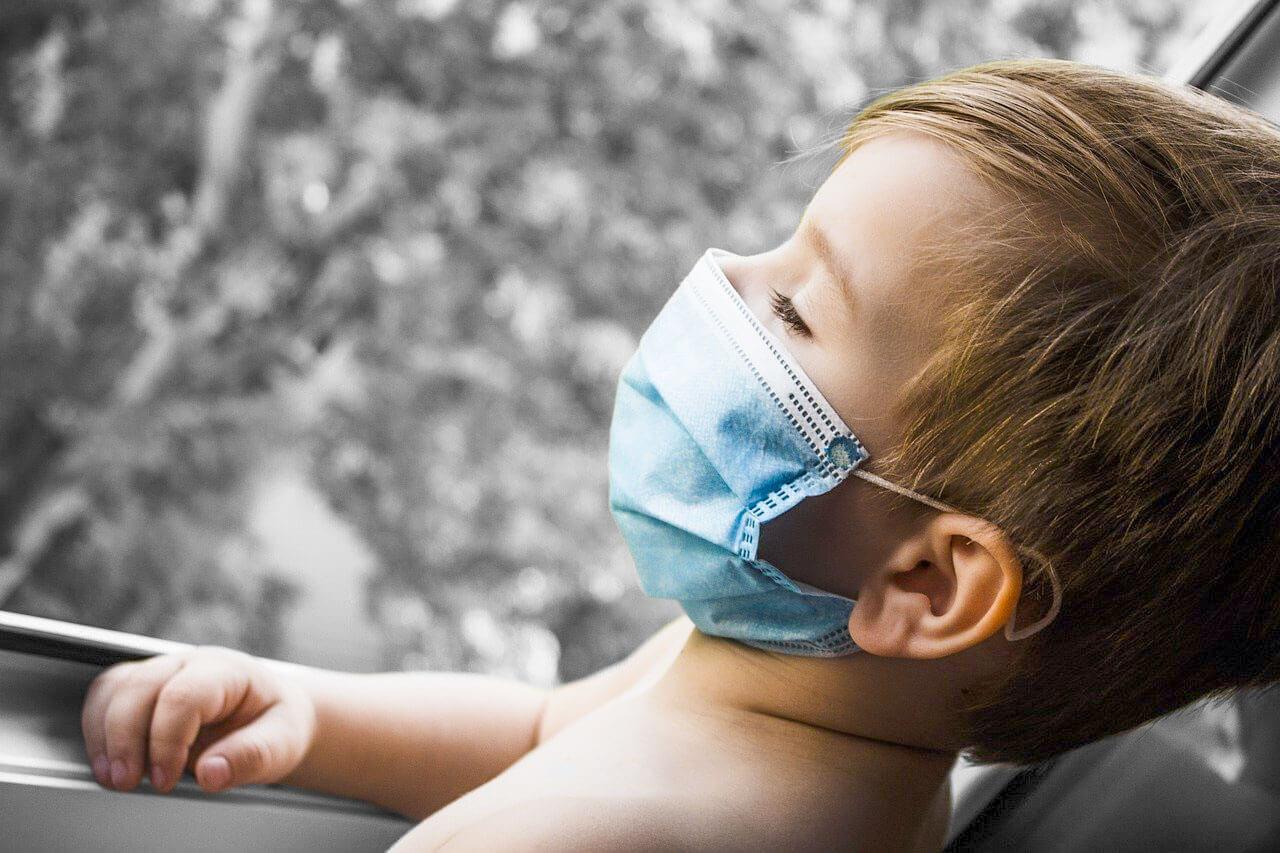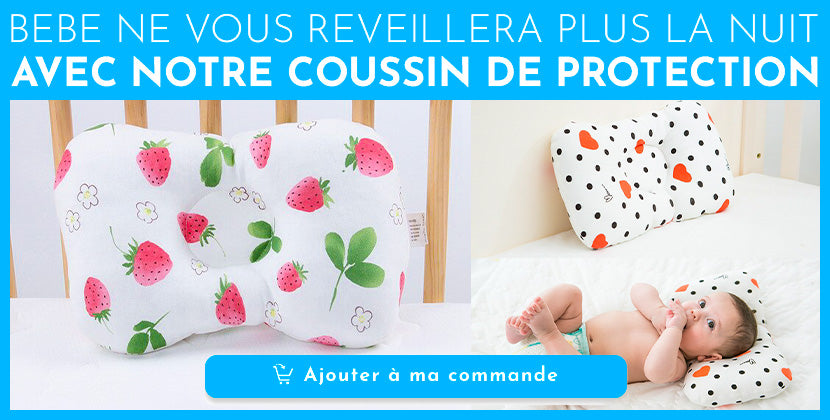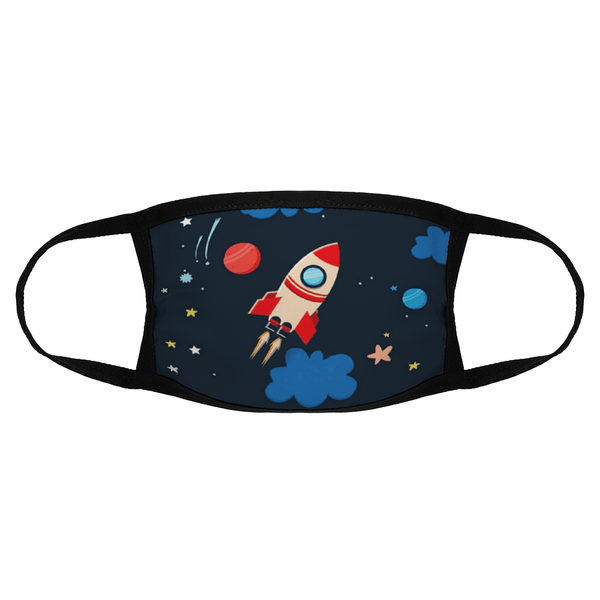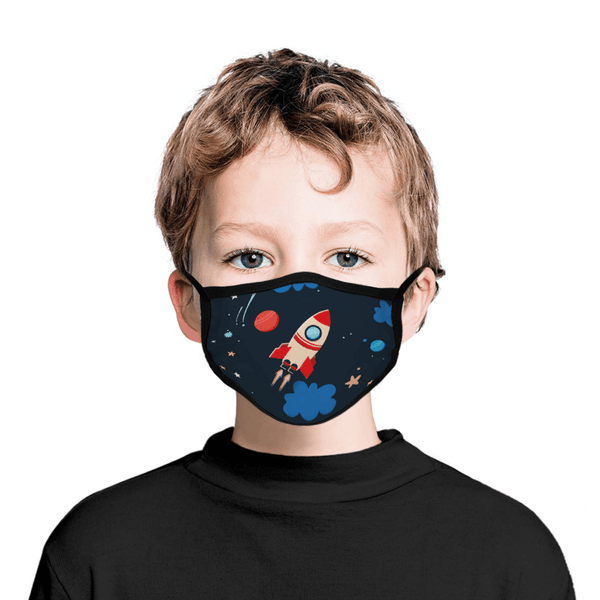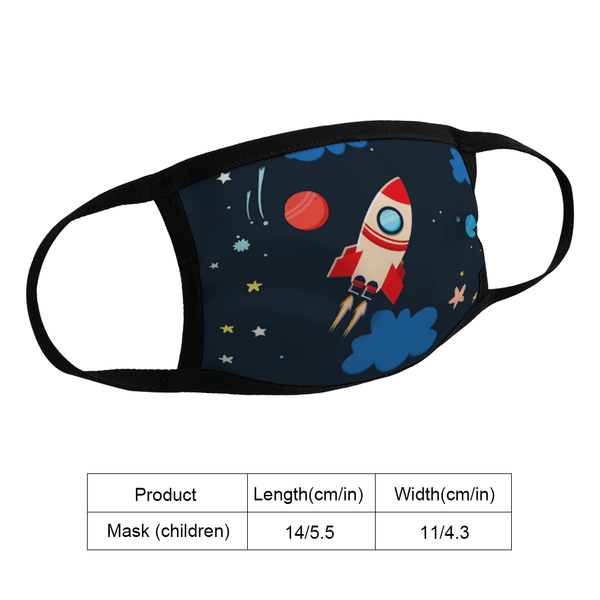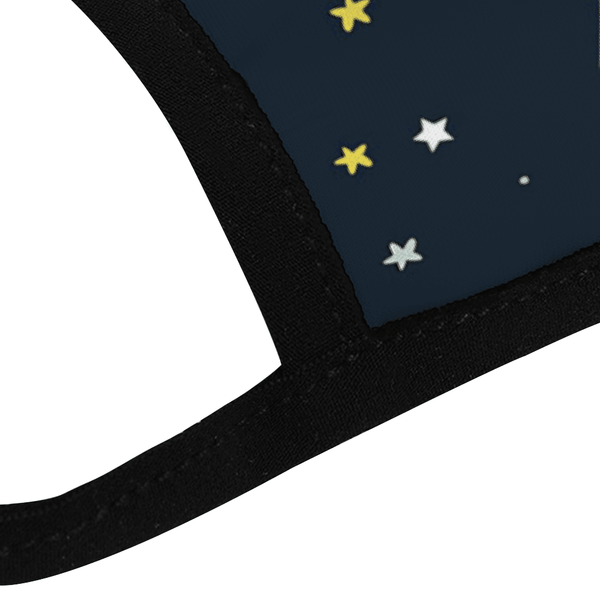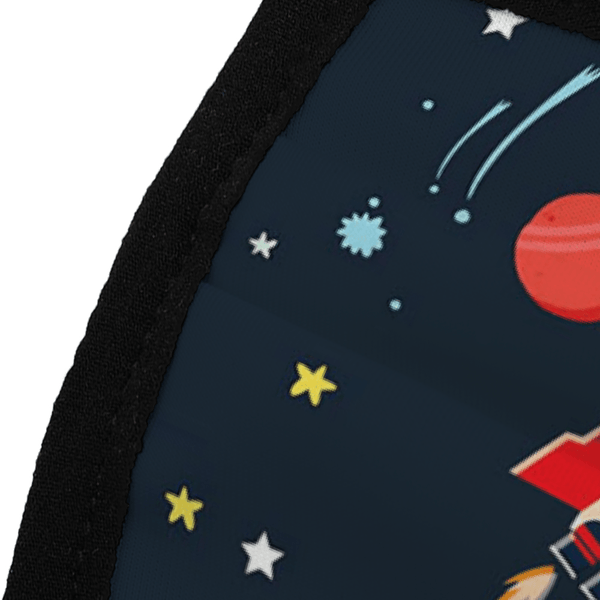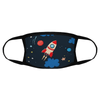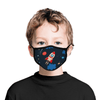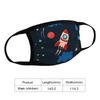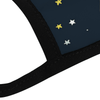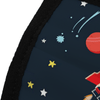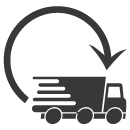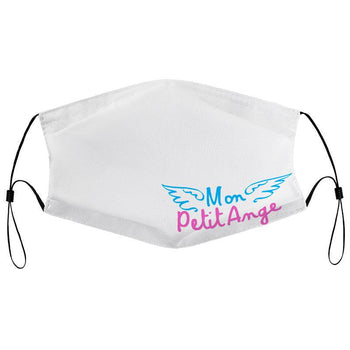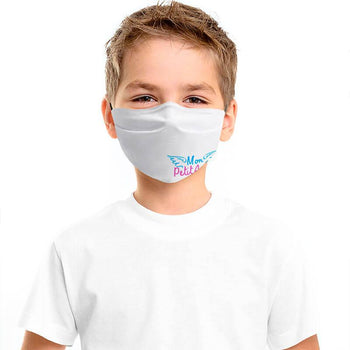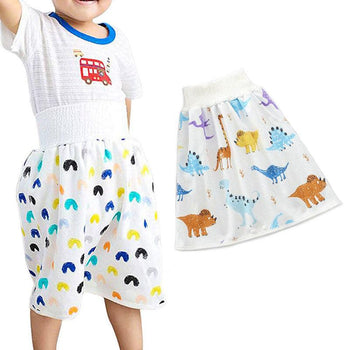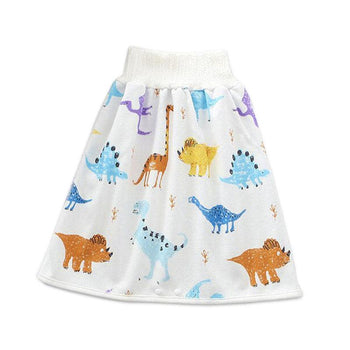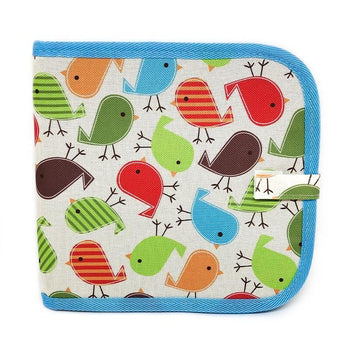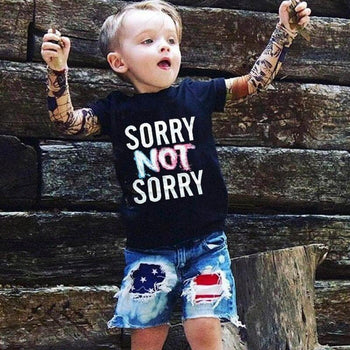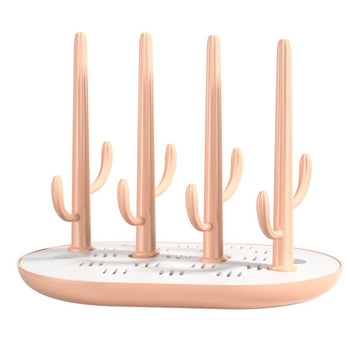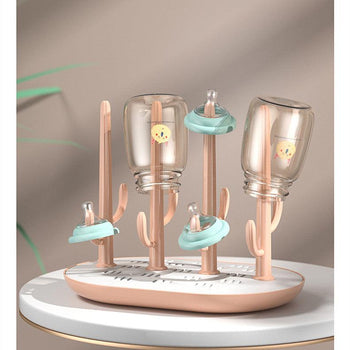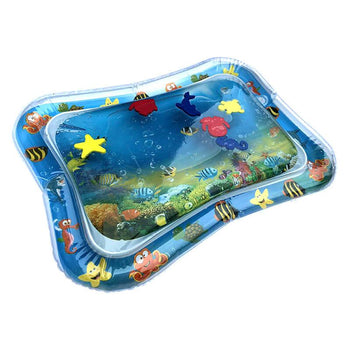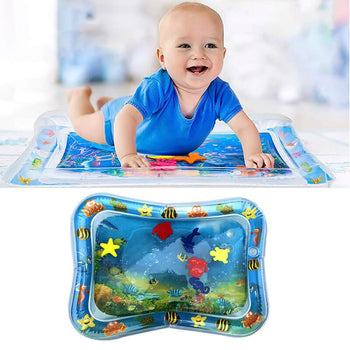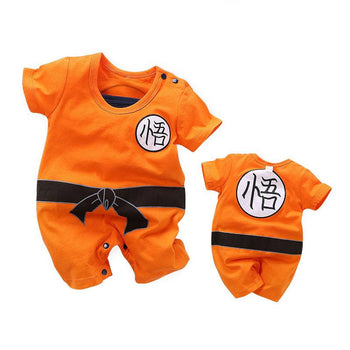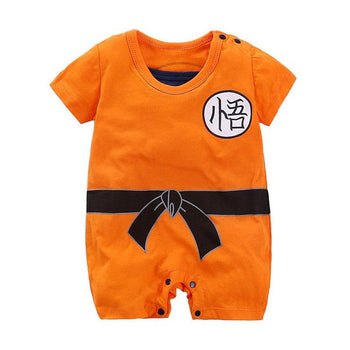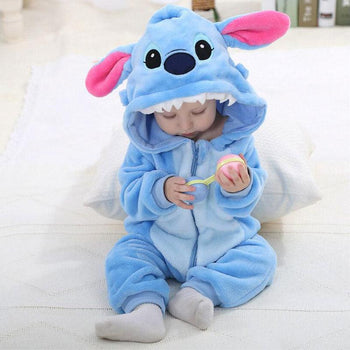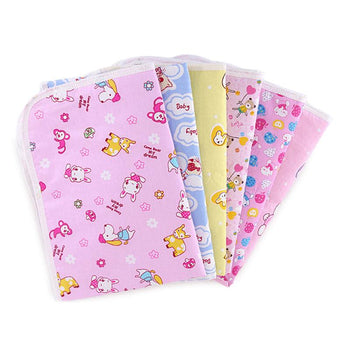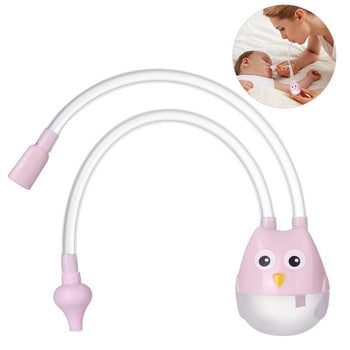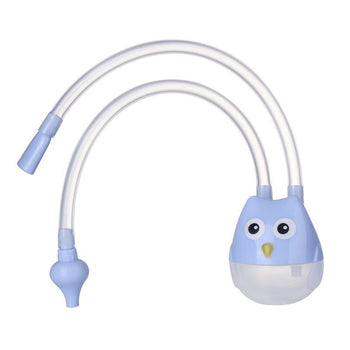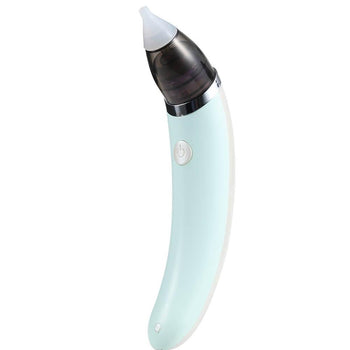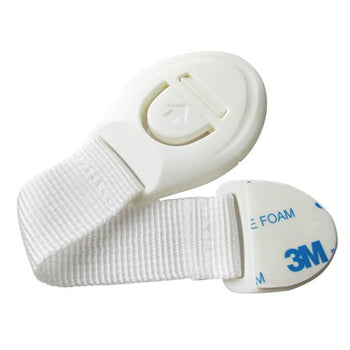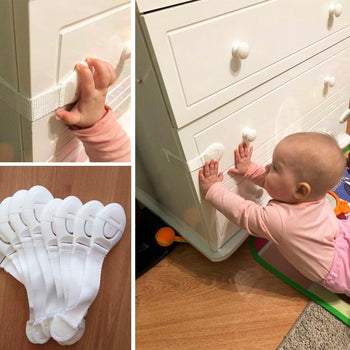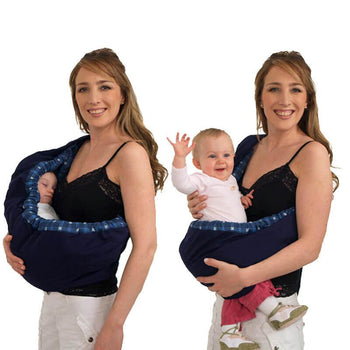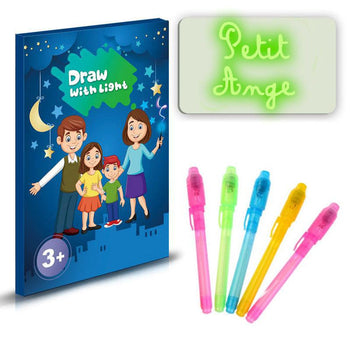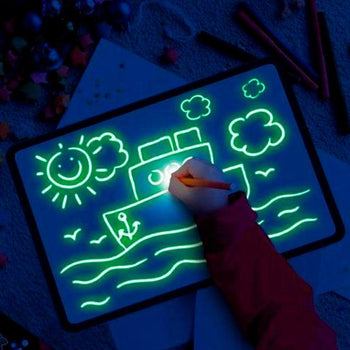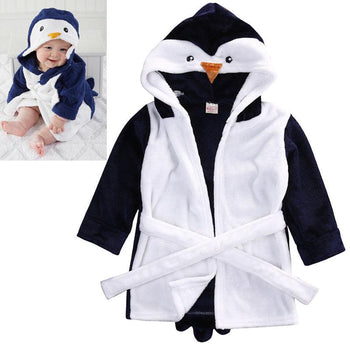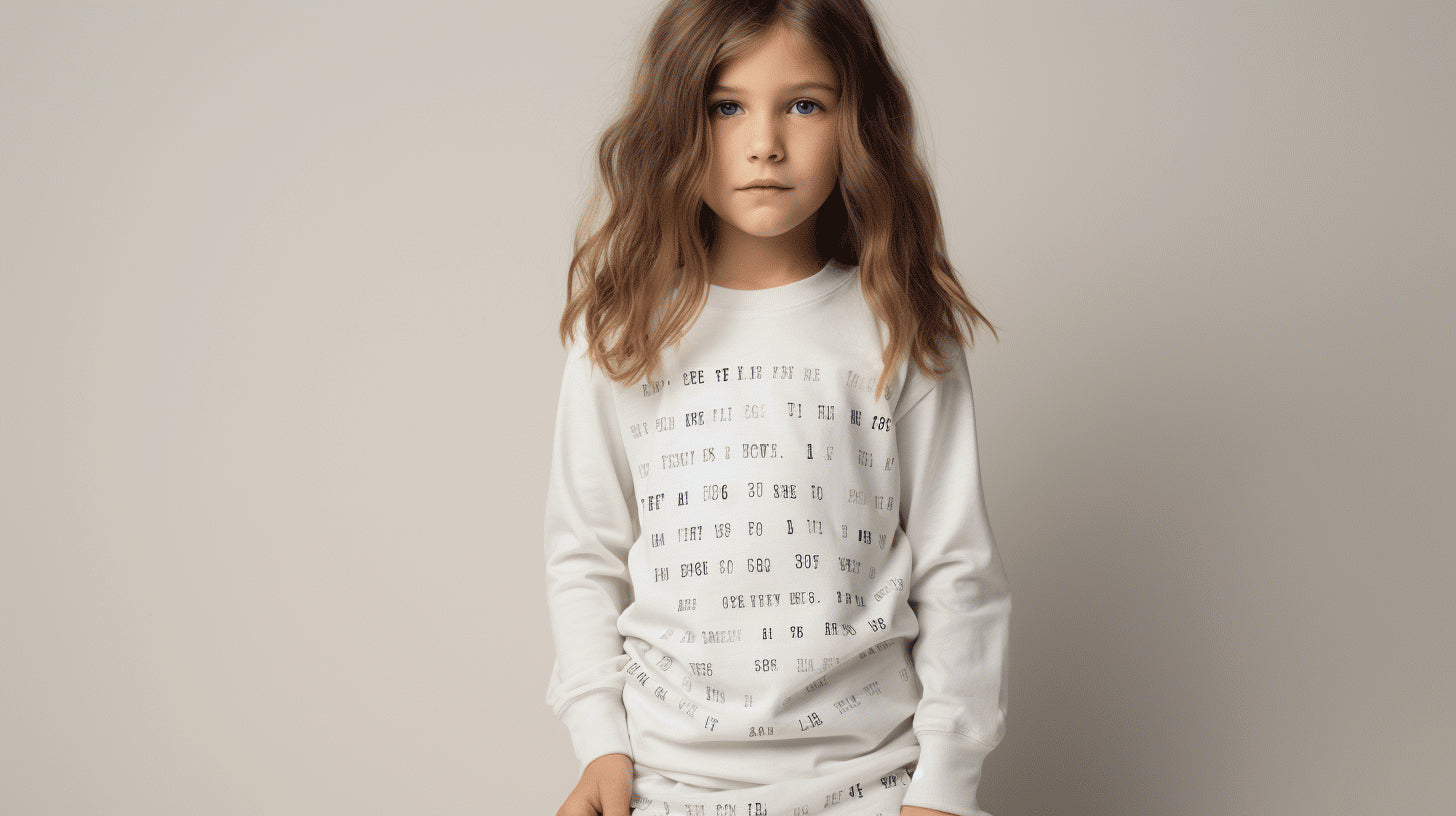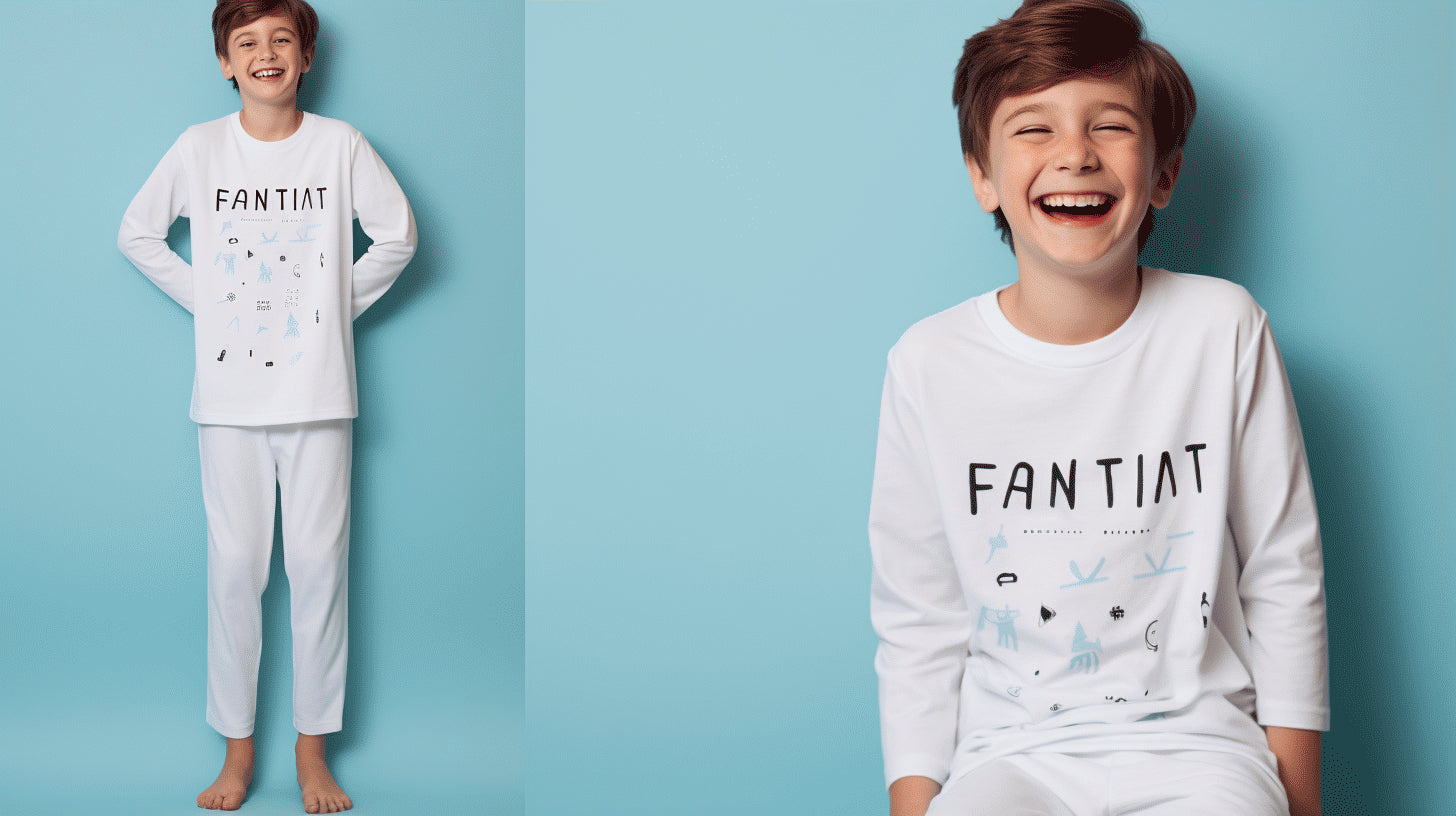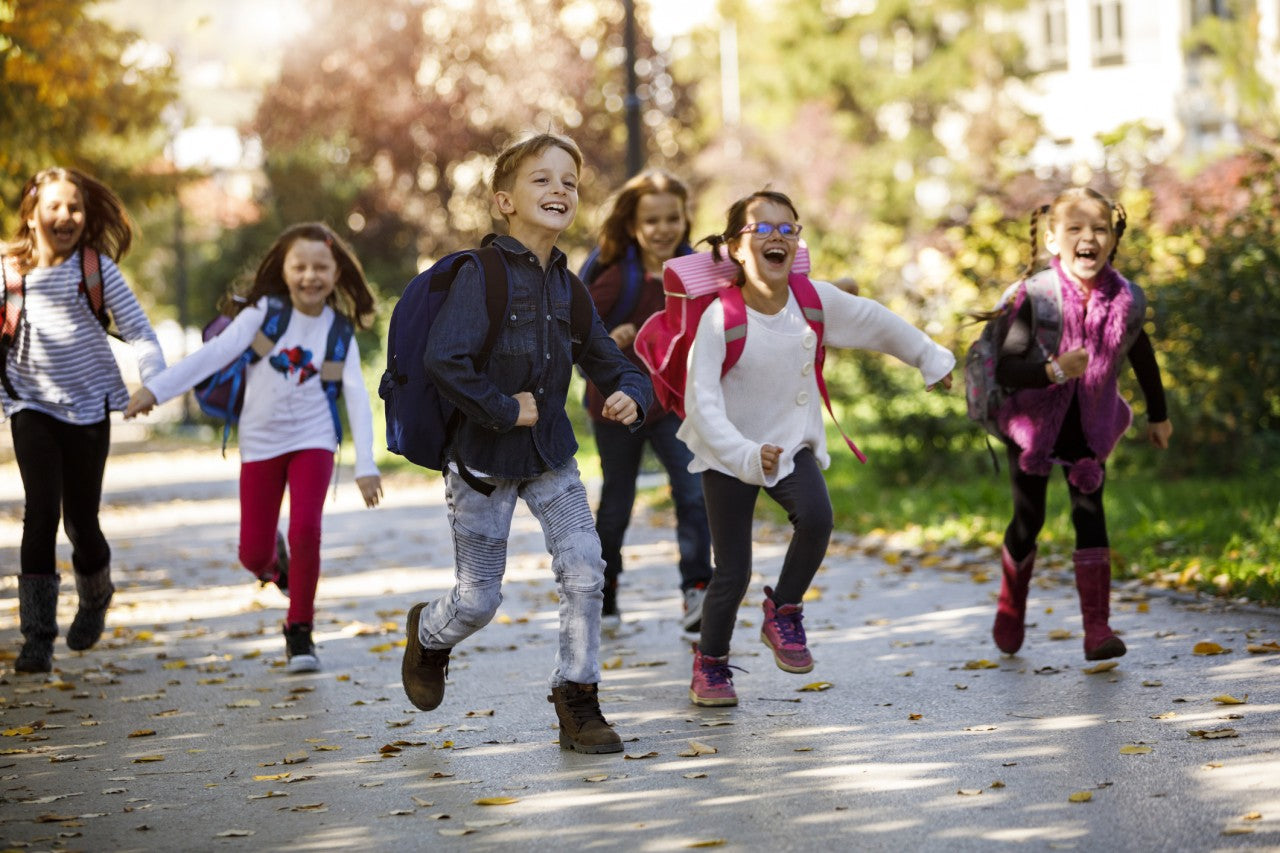Recommendations are evolving along with the coronavirus pandemic. One of the most recent recommendations is to wear "cloth face coverings in public places where it is difficult to maintain the recommended safe distances". However, it is extremely important to note that " cloth masks should not be placed on young children under 2 years of age , on anyone with breathing difficulties, or who is unconscious, or unable to remove the mask without assistance".
Even before this recommendation, homemade masks were being produced by talented and creative people around the world to help deal with the pandemic and the shortage of personal protective equipment (PPE). These skills are appreciated, but should not be marketed to babies and infants. These products (infant masks, masks attached to pacifiers, etc.) may present more risks than benefits in terms of safety for children under 2 years of age.
Why are cloth respirators recommended?
To help slow the spread of the virus in public places. Some people have no symptoms but can still transmit the virus to others.
What are the different types of protective masks? fabric, surgical FFP1, FFP2?
- Cloth masks can be made at home from common materials; they can help prevent the spread of infection by acting as a barrier when the wearer sneezes, coughs or talks.
- Surgical masks , usually blue, can also help prevent infection; you can see that healthcare organizations provide them to their employees or visitors to protect them from large droplets or bodily fluids.
- FFP2 or KN95 masks should be reserved for healthcare workers. These masks protect the wearer from small particles that are considered airborne. Many medical professionals must undergo testing and undergo special training to ensure that these masks fit properly for optimal protection.
Why shouldn't my baby use a respirator mask?
- The baby's airways are smaller , so breathing with a mask is even more difficult for him.
- Using a mask on an infant can increase the risk of choking . Masks are more difficult to breathe. A well-fitting mask gives them less access to air, and an ill-fitting mask does not offer them much protection.
- If they have trouble breathing, infants are unable to remove the mask themselves and could suffocate.
- Older infants or young children are unlikely to keep the mask on and will likely try to take it off, as well as touch their face more.
- There is no approved N95 mask for young children.
How can I protect my young child from coronavirus?
- Limit exposure and avoid unnecessary contact with the public.
- If going out is essential, cover the carrier (not the infant) with a blanket , which helps protect the baby, while still allowing them to breathe comfortably. Do not leave the blanket on the carrier in the car or elsewhere if the baby and the carrier are not in direct view.
- Keep hands clean . Frequent hand washing with soap and water for 20 seconds is optimal, but hand sanitizer, containing at least 60% alcohol, is the second best substitute.
- Clean high-touch surfaces often , such as doorknobs, light switches, and electronics.
- Teach older children to avoid touching their face .
- Remember to always wash your hands when you get home.
The world as we know it may have changed, but the guidelines for safe sleep have not. Remember that infants should be placed alone, on their backs, in an empty crib (moms in our community also use our pillow ) in a non-smoking home.
Pacifiers have been shown to have a protective effect on the incidence of SIDS (Sudden Infant Death Syndrome), but ONLY the unattached pacifier, and especially not masks.
If you are breastfeeding and have symptoms of illness, you can continue breastfeeding, but to reduce the risk of passing the illness to your child:
- Be sure to wash your hands before touching your baby.
- Wear a mask when holding and/or breastfeeding your baby.
- If pumping, wash your hands before touching any parts of the pump or bottle, then clean all parts after use by washing washable parts in hot soapy water or using disinfectant wipes on parts not washable.

